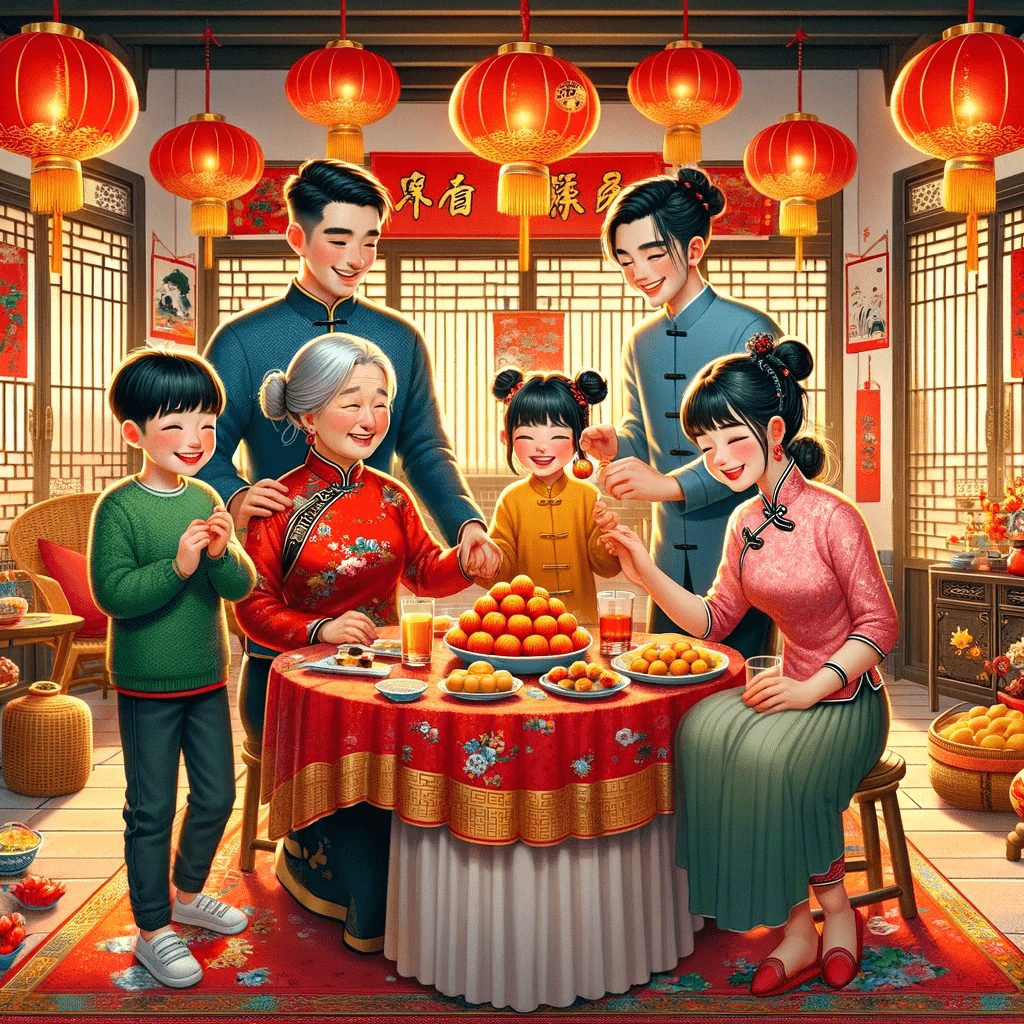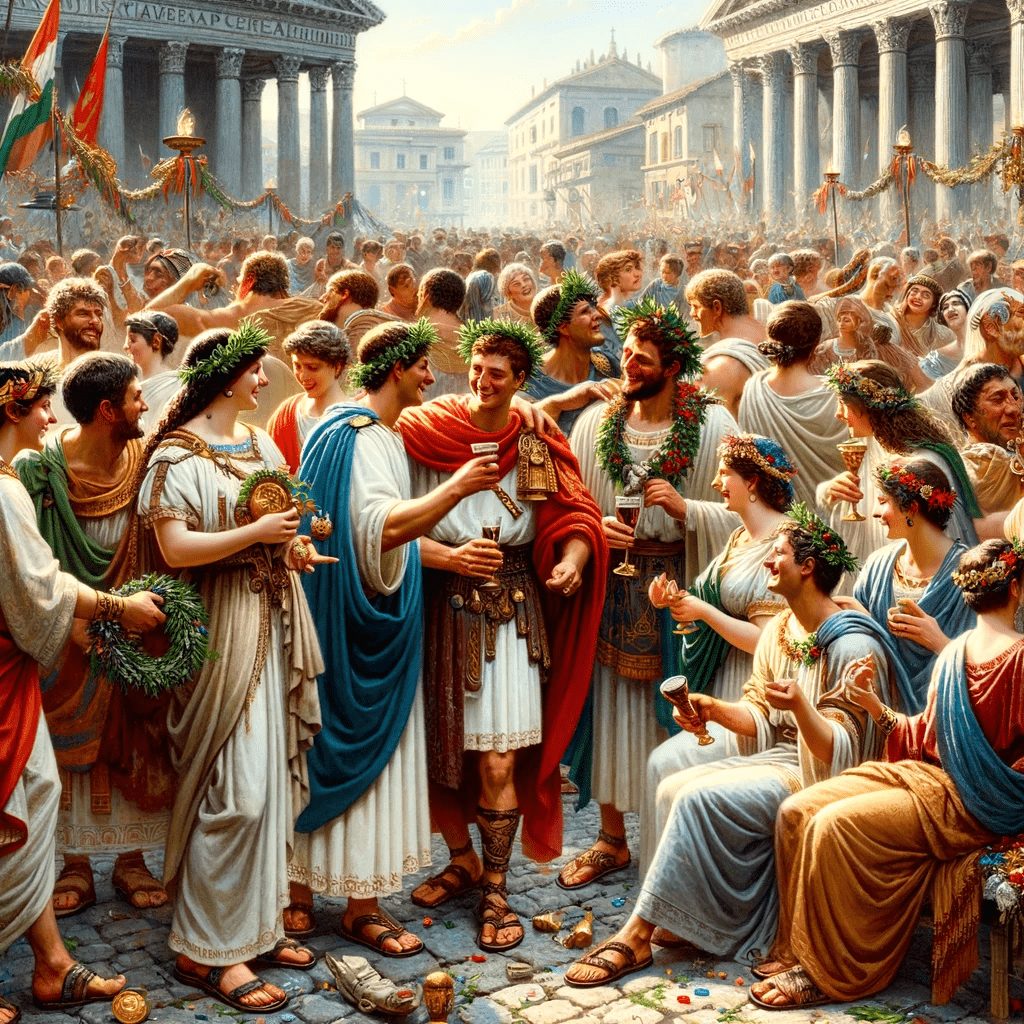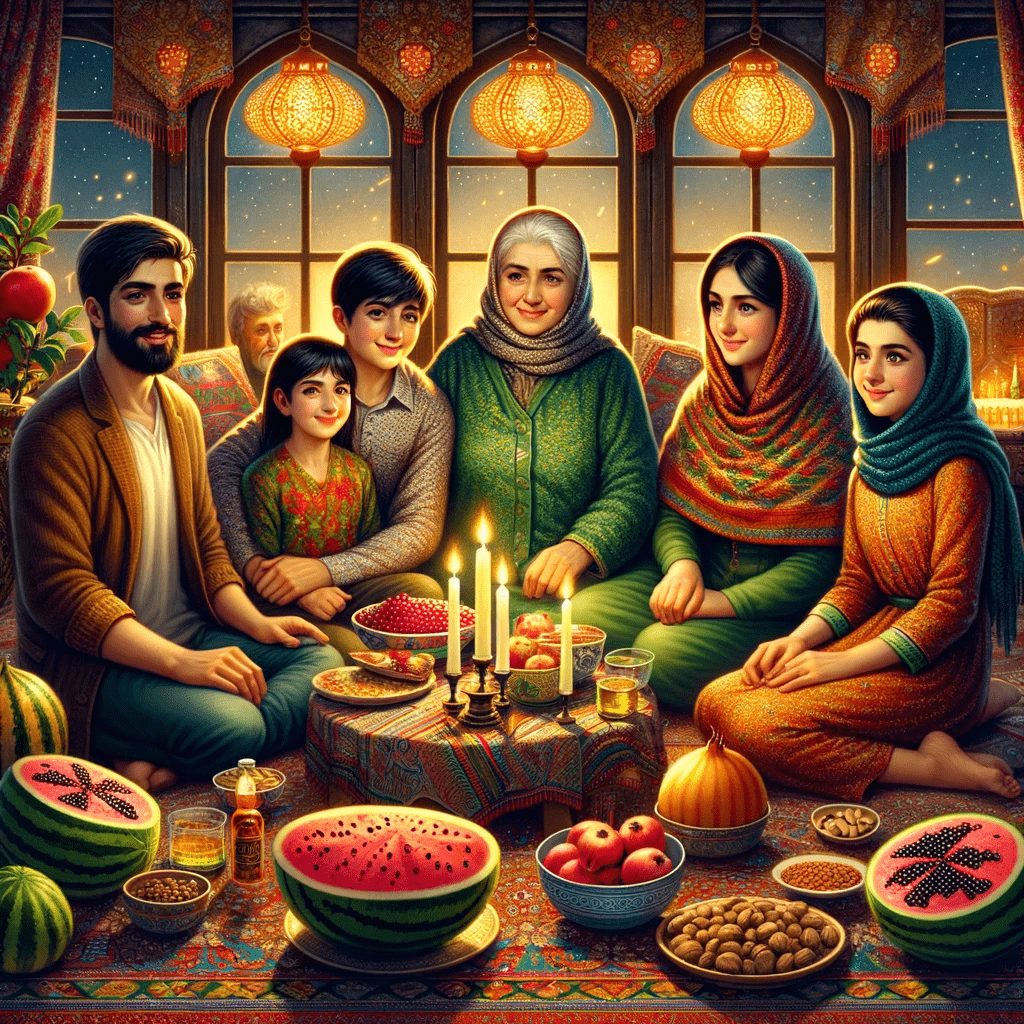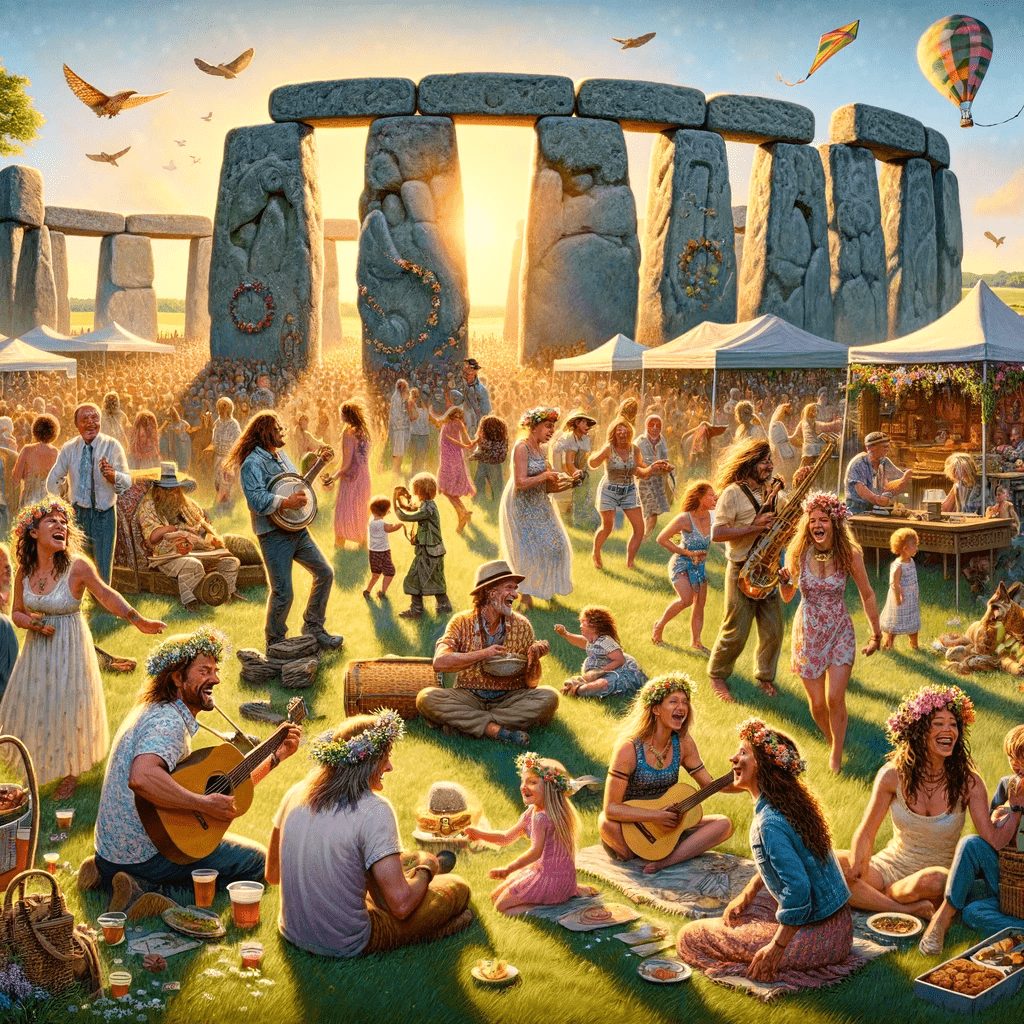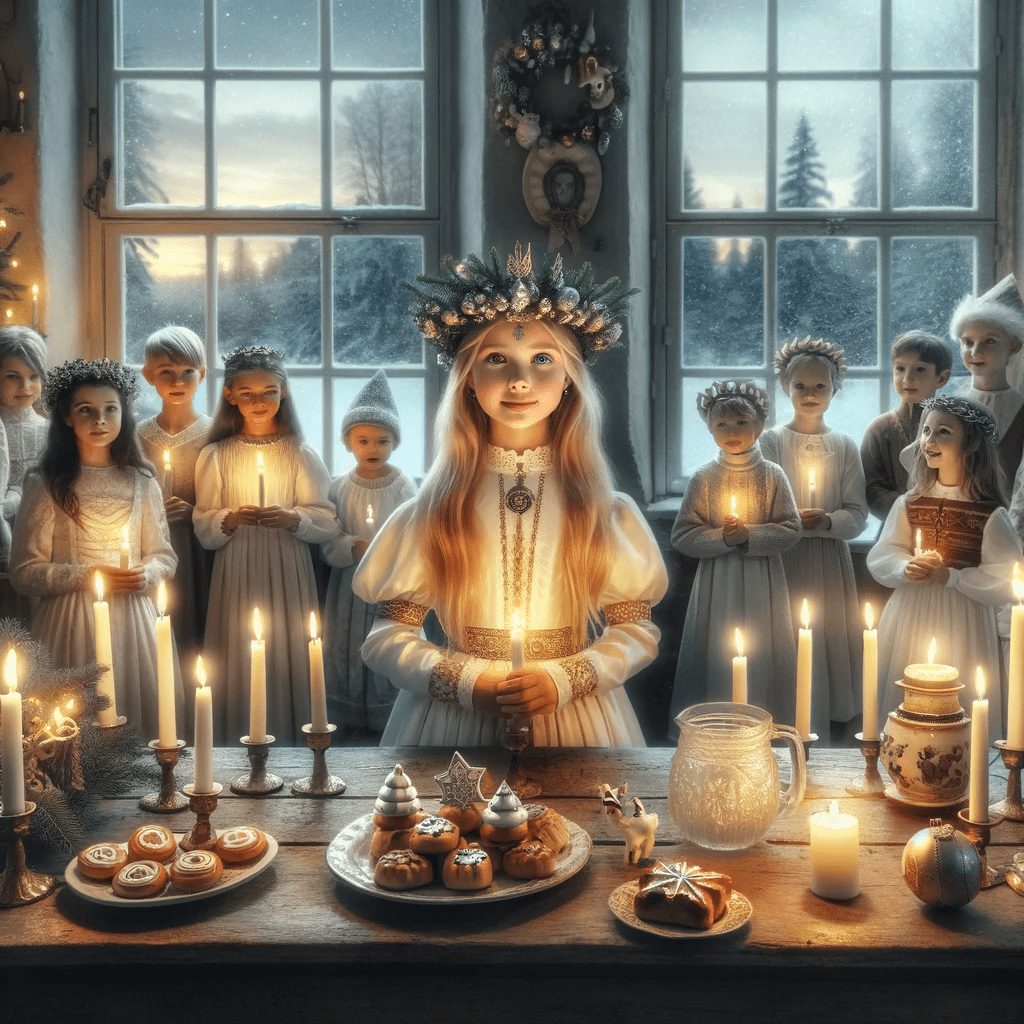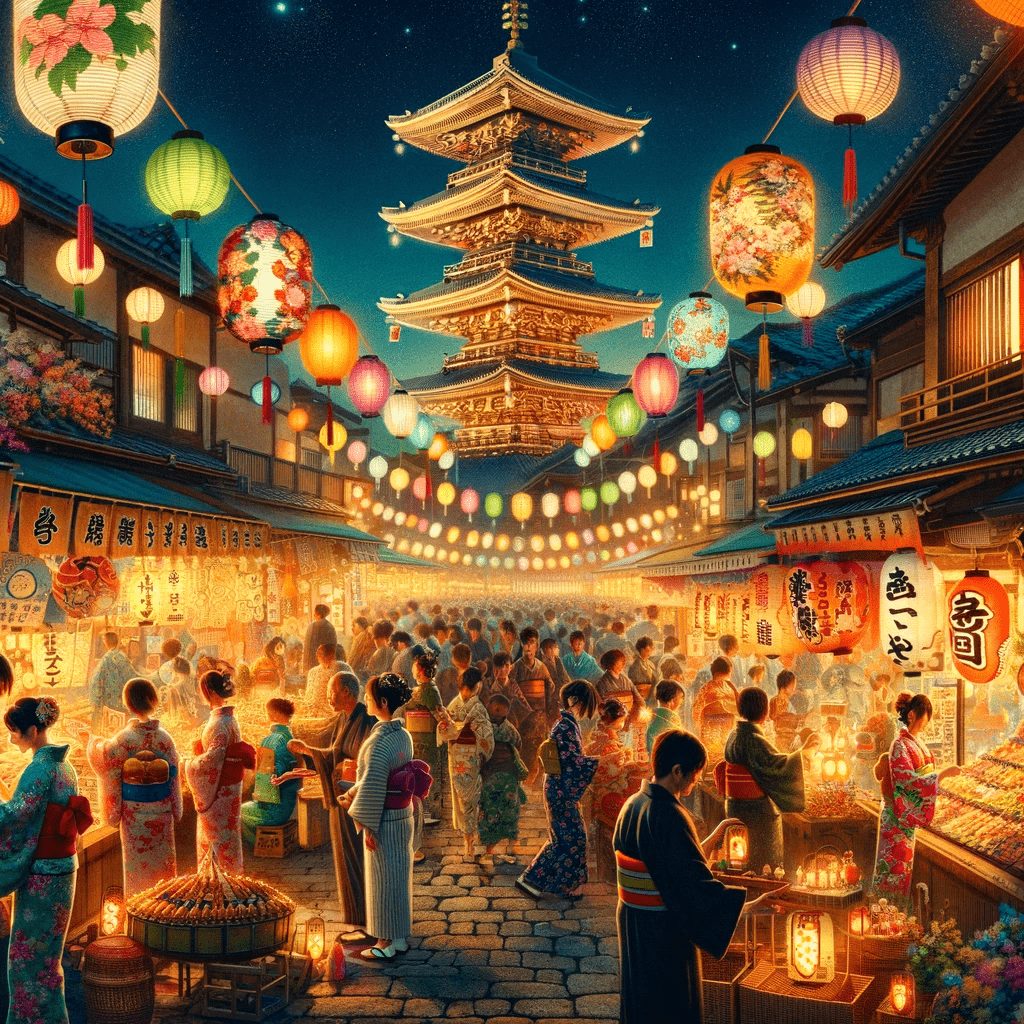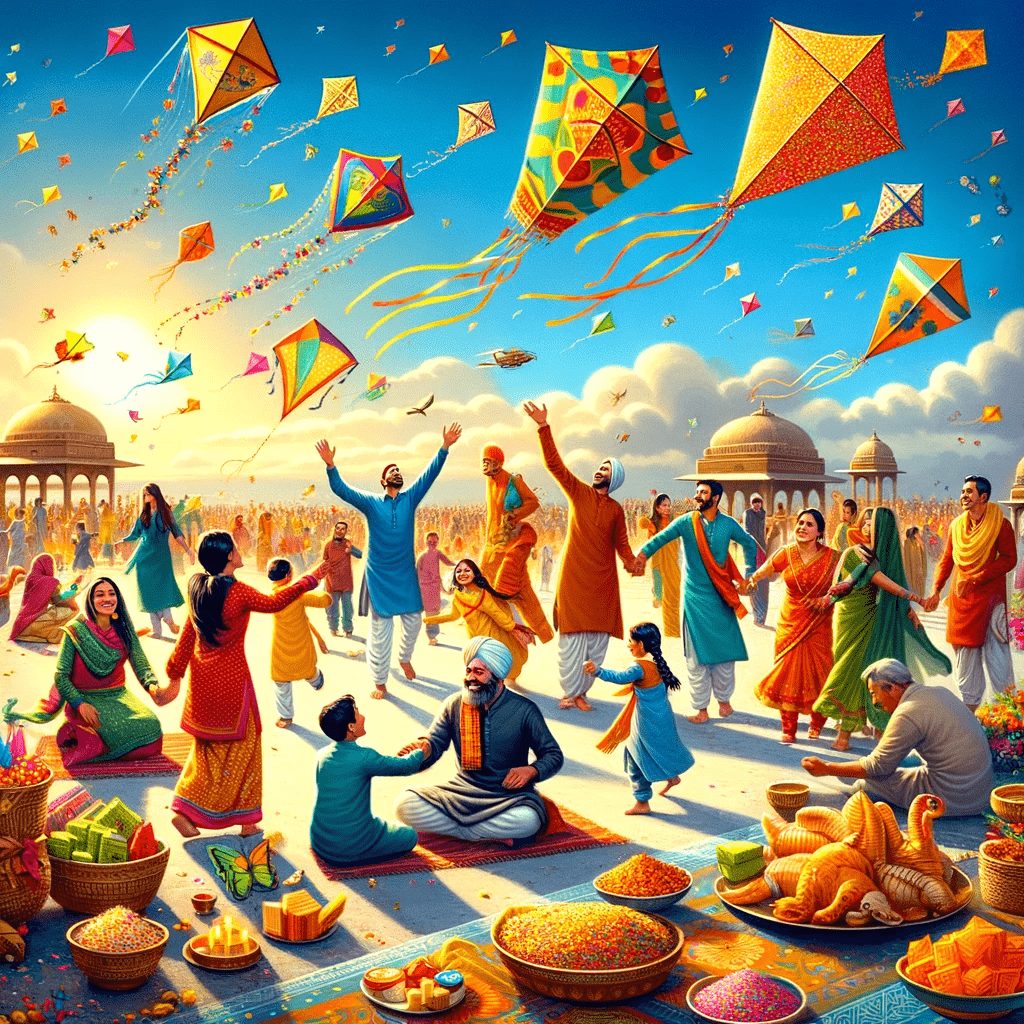Winter Solstice Traditions Around The World
The winter solstice marks a special point in our calendar, a time when the night is at its longest and the day at its shortest in the Northern pole. Across the globe, this astronomical event, happening around December 21st, has been a cause for celebration, reflection, and ritual in various cultures. In this article, we’ll seek some of the most interesting winter solstice traditional festivals from around the world, looking into their origins, customs, and current-day observances.
Yule Festival - Scandinavia
Yule is a fun winter festival in Scandinavia, where people celebrate longer days after lots of dark, short ones. It’s like a magical winter party! Families decorate their homes with twinkling lights and green plants. They eat delicious food, share gifts, and tell exciting stories. A special part of Yule is the Yule Goat, a big straw goat that’s part of their tradition. It’s like a friendly guardian of the festival. Kids love seeing the Yule Goat because it’s not only big and impressive, but it also brings the joy and spirit of Yule to everyone.
Dongzhi Festival - China
The Dongzhi Festival in China is a special celebration that happens every year when winter starts. It’s a time when families come together to enjoy yummy foods and have fun. This festival is based on the idea of yin and yang, which are two forces in nature. Yin is like the cool, quiet part of nature, and yang is like the bright, active part. During Dongzhi, people celebrate because yang, which brings warmth and sunshine, starts to grow stronger again after the longest night of the year. It’s a happy time to look forward to brighter days.
Inti Raymi Festival - Peru
The Inti Raymi festival in Peru is a big, colorful celebration that happens every year. It’s like a huge birthday party for the Sun! Long ago, the Incas, who were the first people living in Peru, started this festival to thank the Sun for its warmth and light. They believed the Sun was very important for growing their food and keeping them happy and healthy. Today, people wear bright costumes, dance, and have fun together to remember the Inca’s love for the Sun. It’s a way of connecting with their history and enjoying the sunshine just like their ancestors did.
Saturnalia - Ancient Rome
Saturnalia was a super fun festival in Ancient Rome, like a big winter holiday party. It happened in December when it was really cold. People celebrated Saturn, an important Roman god who looked after farming. During Saturnalia, things were different: schools closed, and everyone got a break from work. It was a time for presents, games, and delicious food. The best part? Everyone was treated equally, even slaves. It was like turning the world upside down! This cool festival from long ago is the root of some of our holiday traditions today. Isn’t that interesting?
Shab-e-Yalda Festival - Iran
Shab-e-Yalda is a special night in Iran, celebrated on the longest night of the year, usually December 21st. This festival is very old and comes from ancient times. On this night, families come together to eat, read poems, and tell stories. They eat special fruits like pomegranates and watermelons, which are bright red like the sunrise. Shab-e Yalda is about bringing light and warmth during the darkest night. It’s a time for joy, family, and remembering that even the longest night ends with the sunrise. This beautiful tradition teaches us about hope and togetherness.
Stonehenge Solstice Festival - America
Every year in America, people gather for a special festival called the Stonehenge Solstice Festival. This festival is inspired by the ancient Stonehenge in England, a mysterious circle of giant stones. Long ago, people built Stonehenge to celebrate the sun and seasons. In America, we have our own version of this festival to enjoy the longest day of the year, the summer solstice. Families and friends come together to have fun, share stories, and learn about ancient traditions. It’s a time of joy, where we connect with history and nature, celebrating the sun’s warm and bright presence in our lives.
St. Lucia’s Day - Sweden
St. Lucia’s Day is a special festival in Sweden that happens every year on December 13th. Long ago, people in Sweden started this festival to celebrate light during the dark winter days. On this day, girls wear white dresses and a crown with candles. They sing beautiful songs and bring yummy saffron buns and gingerbread cookies. This tradition comes from stories about Saint Lucia, a kind lady who brought food and light to people in need a long time ago. St. Lucia’s Day reminds us to share light and kindness with others, especially when it’s dark and cold outside.
Toji - Japan
The Toji Festival in Japan is a magical time! It started a long time ago to honor a special day in December when the days start to get longer. People in Japan celebrate by lighting up lanterns, making the night shine brightly. They also visit the Toji Temple, which is very old and important. Here, they buy unique things from a big market and enjoy yummy food. It’s like a huge outdoor party where everyone is happy and having fun. This festival helps people remember the history and culture of Japan, bringing everyone together in a joyful way.
Makar Sankranti - India
Makar Sankranti is a special festival in India, celebrated every year in January. It marks the sun’s journey into the northern hemisphere, a time when the days start getting longer. This festival has its roots in ancient times, linked to the sun god, Surya. People fly colorful kites, eat yummy sweets made from sesame seeds and jaggery, and share happiness with friends and family. It’s a time of joy and new beginnings. Kids love the kite flying and the tasty treats, making it a festival full of fun and laughter for everyone.
Soyal Festival - American Hopi Tribe
The Soyal festival is a special time for the Hopi tribe, a Native American group. It happens every year in winter, when the days are shortest. This festival is very old, starting hundreds of years ago. It’s a time when the Hopi people come together to pray for the coming year. They ask for good things like rain for their crops and health for everyone. During Soyal, they also remember their ancestors and the ancient traditions. They perform dances, sing songs, and share stories, keeping their culture alive. It’s a beautiful way to welcome the new year!
The winter solstice, while a singular astronomical event, inspires a myriad of rich and diverse traditions around the world. Each festival, unique in its customs and significance, offers a window into the cultural heart of its people. These celebrations remind us of our shared human experience, our connection to the natural world, and our enduring fascination with the rhythms of the cosmos. As we explore these traditions, we not only learn about the world’s cultural heritage but also discover the universal human spirit of celebration, hope, and renewal that the winter solstice symbolizes.


